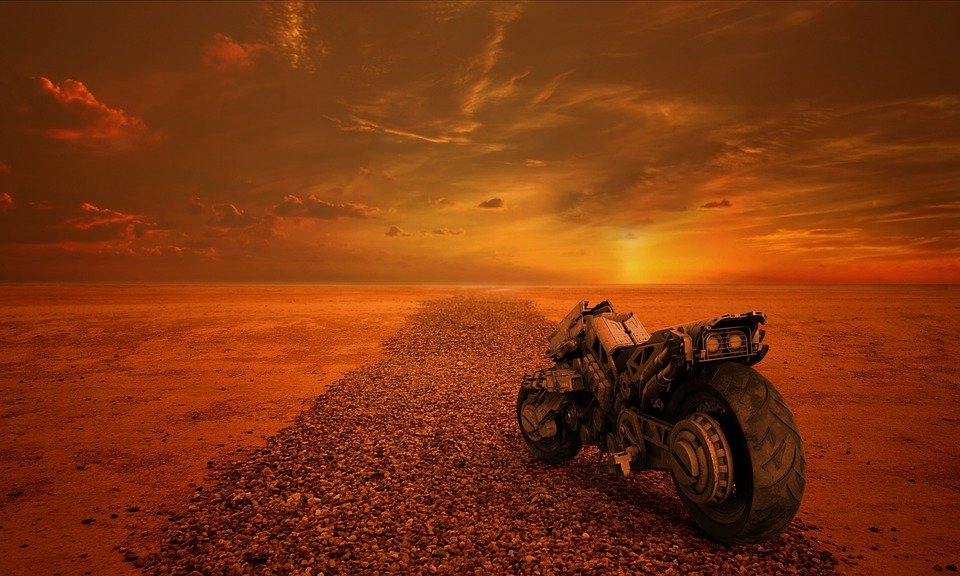Building Worlds in the Metaverse: 5 Remarkable Examples of User-Created Virtual Realities
The concept of the Metaverse has gained significant attention in recent years, thanks to advancements in technology and the growing popularity of Virtual reality (VR) experiences. The Metaverse refers to a collective virtual shared space, created by the convergence of virtually enhanced physical reality and physically persistent Virtual reality. In simpler terms, it is a universe of virtual worlds where users can interact with one another and their surroundings.
What is the Metaverse?
The Metaverse is a term coined by Neal Stephenson in his renowned science fiction novel “Snow Crash” published in 1992. It describes a Virtual reality-based successor to the internet, where people can connect, engage, and interact with each other through avatars in a computer-generated universe.
As technology has advanced, the Metaverse has transitioned from being mere science fiction to a plausible reality. Companies like Facebook, Microsoft, and Epic games are investing billions of dollars to develop the infrastructure and platforms necessary to turn this concept into a functional and accessible reality.
User-Created Virtual Realities
One of the most fascinating aspects of the Metaverse is the ability for users to create their own virtual realities. These user-created worlds offer endless possibilities for creativity, social interaction, and entertainment. Let’s explore five remarkable examples of user-created virtual realities that showcase the potential of the Metaverse:
1. Second life
Launched in 2003, Second life is one of the earliest and most popular user-created virtual worlds. It allows users to create and customize their avatars, build and design their virtual spaces, and interact with other users in real-time. Second life boasts a vibrant economy, with users buying and selling virtual goods and services using a virtual currency called Linden Dollars (L$). The platform has become a hub for artists, designers, musicians, and entrepreneurs looking to showcase their work and connect with like-minded individuals.
2. Minecraft
Minecraft, developed by Mojang Studios and acquired by Microsoft in 2014, is a sandbox game that allows players to build and explore virtual worlds made up of blocks. It has gained a massive following since its release, with players using their creativity to construct impressive structures, landscapes, and even entire cities. Minecraft’s user-created virtual realities have become so popular that it has spawned a dedicated marketplace where users can sell their creations to others.
3. Decentraland
Decentraland is a blockchain-based virtual world where users can buy, sell, and trade virtual land and assets using cryptocurrency. Built on the Ethereum blockchain, it allows users to create and monetize their virtual experiences. Decentraland’s virtual world is divided into parcels of land that users can purchase and develop as they see fit. From art galleries and casinos to virtual shopping malls and live events, Decentraland offers a decentralized and user-driven Metaverse experience.
4. VRChat
VRChat is a free-to-play Virtual reality social platform that enables users to create and share their own virtual worlds. Users can create custom avatars, environments, and interactive experiences using a variety of tools and assets available within the platform. VRChat has gained popularity for its strong community and user-generated content, making it a hub for social interaction, role-playing, and virtual events.
5. Roblox
Roblox is a user-generated online gaming platform that allows users to create and play games developed by other users. With a focus on social interaction and creativity, Roblox provides a vast array of tools and assets for users to build their virtual worlds and games. It has become a popular platform for aspiring game developers, with some users even earning a significant income from their creations.
FAQs
Q: Are these user-created virtual realities accessible to everyone?
A: Yes, these virtual realities are accessible to anyone with the necessary hardware, such as a computer or Virtual reality headset, and an internet connection.
Q: Can users monetize their creations in these virtual worlds?
A: Yes, many of these platforms provide opportunities for users to monetize their creations, whether through the sale of virtual goods, virtual land, or even experiences.
Q: Are there any risks associated with user-created virtual realities?
A: While user-created virtual realities offer incredible opportunities, there are some risks involved, such as copyright infringement, inappropriate content, and potential scams. Platforms usually have guidelines and moderation systems in place to mitigate these risks.
Q: How can I get started with building my own Virtual reality in the Metaverse?
A: Each platform mentioned above has its own set of tools and resources to help users get started with building their virtual realities. Visit their respective websites to learn more and access tutorials and documentation.
As the Metaverse continues to evolve, user-created virtual realities will play a crucial role in shaping this immersive digital universe. These examples demonstrate the astounding creativity and potential that individuals have in building and sharing their virtual worlds within the Metaverse.

